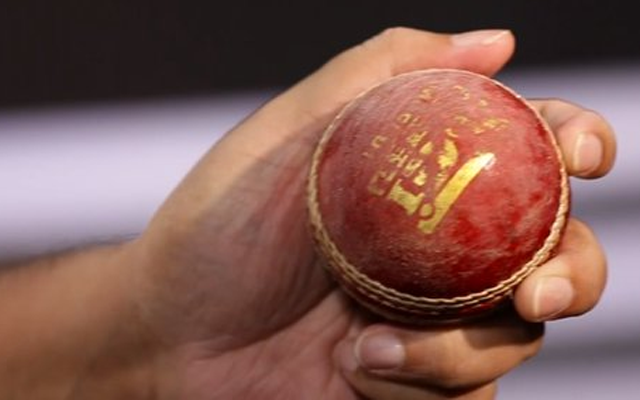
History of Ball Tampering:
Ball tampering in cricket can be defined as an illegal act of altering the ball’s condition, often by applying foreign substances, to gain an unfair advantage in swing, spin, or seam movement. Ball tampering in cricket has a contentious history. Bowlers have attempted to alter the ball’s condition using various methods, like applying saliva, sweat, or artificial substances, to gain unfair advantages in swing or spin.
Consequences of Ball Tampering:
According to Law 41 of the rules of Cricket, all actions that alter the condition of the ball are illegal. These actions have led to controversies, penalties, and strict regulations by cricket governing bodies to maintain fairness and integrity.
Consequences of ball tampering in cricket include penalties, fines, match suspension, and possible bans for the players involved. It damages the game’s integrity and reputation, affecting fair competition. One of the recent as well as biggest ball-tampering controversies that Cricket ever witnessed was from the Australian side. This controversy was later called the sandpaper gate scandal. In that incident, Cameroon Bancroft was spotted taking something out of the pocket and then rubbing the ball against it.
Recent Cases of Ball Tampering in Cricket:
Let’s look at five instances which transpired the ball-tampering incident even more;
Michael Atherton, 1994:

It was in a test match in 1994 between England and South Africa at Lord’s where the ball tampering incident caught everyone’s attention for the first time when Michael Atherton was accused of it. In the match, Atherton was accused of applying a foreign substance on the ball. Later on, it was found that the foreign substance that the England player was using was dirt.
The camera recording of that match clearly showed that Atherton was seen rubbing this foreign substance into the ball. Following this incident match referee for an explanation and was later fined 2000 pounds for allegedly tampering with the ball.
Australia v South Africa, 2018

This was among the biggest ball-tampering controversies which the cricketing world has ever seen or witnessed. This incident certainly shook the cricket fans because, at one stage of the controversy, the entire team was suspected to be involved in this. This controversy was later been called the sandpaper gate scandal which took place during the third Test of that series.
There were several cameras that were set for the match to capture every moment of the game. Cameroon Bancroft was caught taking something out of his pocket and later one was seen rubbing it against the ball. Sooner after this incident, the on-field umpires were later on informed about the incident by the TV umpire, and then the umpires were asked to question Bancroft about what was in his pocket.
Bancroft was seen using a yellow color object and then concealing it in his pants. Cricket Australia, later on, went to reveal that it was sandpaper. The repercussions of this incident were that Steve Smith (Captain), David Warner (Vice-Captain), and Cameroon Bancroft were all banned from international and domestic cricket in Australia for twelve, twelve, and nine months respectively.
Shahid Afridi, 2010

In a T20 match against the Australian team in January 2010, the Pakistan skipper Shahid Afridi was seen clearly tampering with the ball. The skipper was seen in the video footage bitting the ball before handing it over to Rana Naved-ul-Hasan. He was also seen on the camera adjusting the seam of the ball and after the intervention of the umpire, the ball was eventually changed.
Justifying this incident, Afridi, in his defense said that he was just trying to smell the leather of the ball but later on, the Pakistan captain was sanctioned with a ban for two T20Is for his action and lying to the officials.
